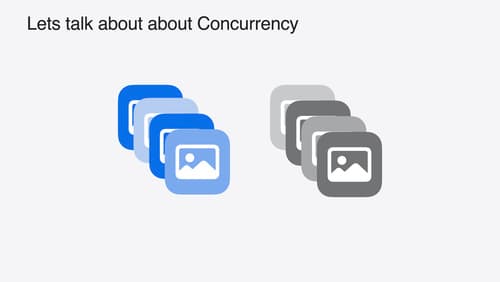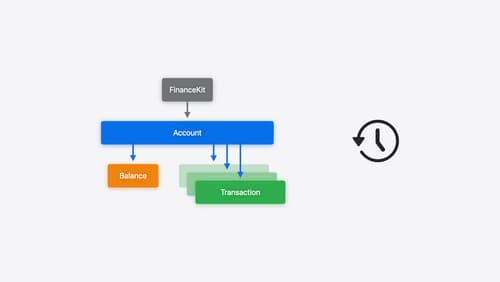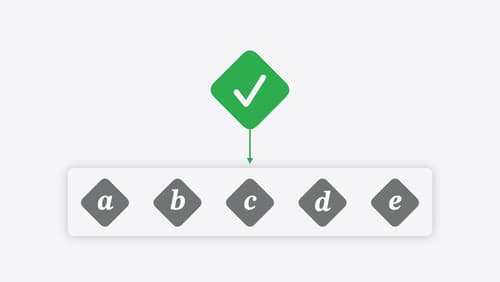Do i need cancel Task always
Asked on 2024-10-11
1 search
In the context of handling tasks in Swift, it's important to consider the implications of task cancellation. For example, in the session "Consume noncopyable types in Swift," it is mentioned that if a task is cancelled, it is crucial to handle the cancellation properly to avoid issues such as forgetting to cancel a transfer. This can lead to bugs that might affect the backend service.
In general, when dealing with tasks, especially in concurrent programming, you should ensure that any necessary cleanup or state updates are performed when a task is cancelled. This might involve checking for errors thrown due to cancellation and ensuring that any resources or operations associated with the task are properly terminated or rolled back.
If you are interested in learning more about handling tasks and concurrency in Swift, you might want to explore the session "A Swift Tour: Explore Swift’s features and design," which covers concurrency and tasks in Swift. You can find more about concurrency starting at the chapter marker for concurrency in this session.

Discover Swift enhancements in the Vision framework
The Vision Framework API has been redesigned to leverage modern Swift features like concurrency, making it easier and faster to integrate a wide array of Vision algorithms into your app. We’ll tour the updated API and share sample code, along with best practices, to help you get the benefits of this framework with less coding effort. We’ll also demonstrate two new features: image aesthetics and holistic body pose.

Meet FinanceKit
Learn how FinanceKit lets your financial management apps seamlessly and securely share on-device data from Apple Cash, Apple Card, and more, with user consent and control. Find out how to request one-time and ongoing access to accounts, transactions, and balances — and how to build great experiences for iOS and iPadOS.

Go further with Swift Testing
Learn how to write a sweet set of (test) suites using Swift Testing’s baked-in features. Discover how to take the building blocks further and use them to help expand tests to cover more scenarios, organize your tests across different suites, and optimize your tests to run in parallel.
